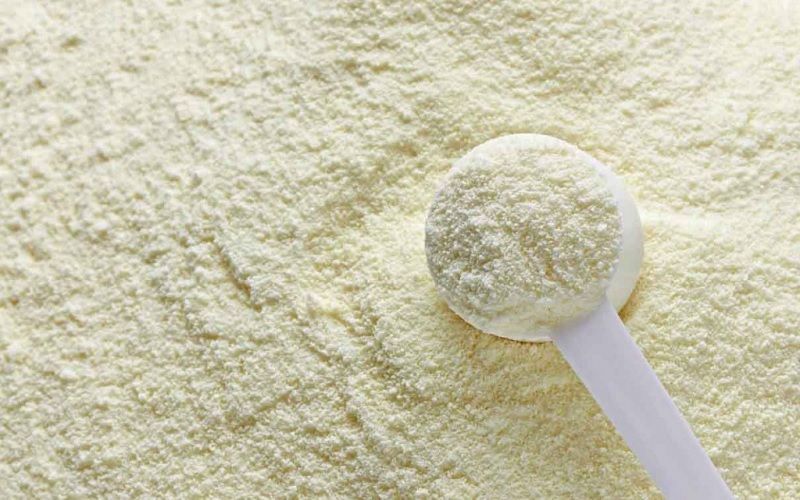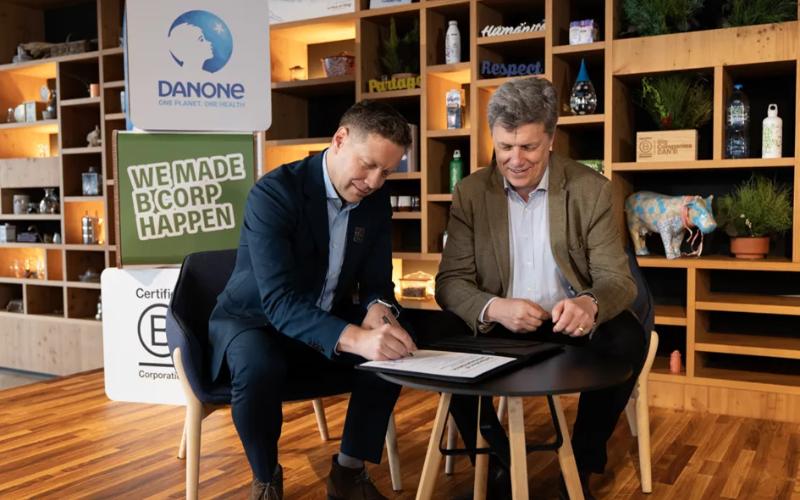Seafood to Lead Global Protein Supply Growth Amid Economic and Trade Challenges – Rabobank

Aquaculture and Wild Catch to Drive Production Growth
The global protein industry will reach a pivotal turning point in 2025, with aquaculture and wild catch leading production gains.
“Overall production is expected to grow slightly faster than in 2024, driven by aquaculture, wild catch, and poultry,” said Angus Gidley-Baird, Senior Analyst – Animal Protein for RaboResearch. “Seafood and pork will shift fr om contraction to expansion, while beef will transition from growth to contraction, fundamentally reshaping supply chains.”
Aquaculture and wild catch are projected to grow by 2.3% year-on-year, reversing the 0.3% decline seen in 2024. Poultry will maintain steady growth, whereas beef production will shrink due to contractions in key regions. Pork production, which expanded significantly between 2021 and 2023 following recovery from African swine fever, is set to grow marginally by 0.1% in 2025.
Terrestrial livestock production will slow in most regions, with Brazil experiencing a 1% contraction and China recovering modestly after negative growth in 2024. While Oceania will maintain steady production, the EU-27, UK, North America, and Southeast Asia will see slower growth than the previous year.
Trade Policies and Economic Pressures Shape Market Access
As global economies aim for recovery, shifts in government policies could introduce new trade barriers, protectionist measures, and increased tariffs, raising the cost of trade. Military conflicts and supply chain disruptions remain potential threats, affecting shipping routes and freight logistics.
While inflationary pressures have eased, potential policy shifts could reverse this trend, weakening consumer purchasing power if wages fail to keep pace. These uncertainties will test the resilience of global protein markets, particularly in regions dependent on international trade.
Disease Management and Sustainability Remain Industry Priorities
The threat of animal diseases continues to challenge livestock and poultry producers, prompting a greater emphasis on biosecurity measures. While technologies such as genetic advancements, artificial intelligence, and disease-resistant breeding have been available for years, their role in disease prevention and supply stability will become increasingly critical.
Sustainability also remains at the forefront of industry concerns. With evolving regulatory frameworks and environmental pressures, companies will need to navigate complex reporting guidelines and integrate climate-conscious production practices. Finding synergies between climate policies, biodiversity initiatives, and industry regulations will be essential for long-term competitiveness.
Regional Outlook for 2025
North America
- Beef production will decline, though consumer demand is expected to remain stable.
- Pork production will increase slightly, driven by heavier carcass weights.
- Poultry production will expand, though productivity challenges could lim it growth.
Brazil
- Beef production will decline after three years of consecutive increases, due to a retention of female cattle.
- Pork and poultry supplies will rise, supported by competitive pricing and growing demand.
Southeast Asia
- Pork production will recover gradually, though African swine fever remains a persistent challenge.
- Poultry production is regaining profitability, returning to historical growth levels.
Australia & New Zealand
- Australia’s beef production will stay elevated, while lamb volumes will decline from record highs.
- New Zealand will experience contractions in both beef and sheepmeat production.
China
- Pork production will see modest gains, as sow replenishment recovers from 2024 levels.
- Beef production will decline, leading to a price rebound.
- Poultry supply will remain stable, keeping prices under pressure.
Europe
- Pork production will contract, impacted by reductions in sow herds.
- Beef production will continue its structural decline.
- Poultry will maintain its strong growth momentum.
The Future of Global Protein Markets
While economic volatility, trade disruptions, and regulatory changes will continue to shape the sector, the rise of seafood as a leading protein source signals a structural shift in global food production. Producers and stakeholders must navigate these evolving conditions by leveraging technological advancements, strategic biosecurity investments, and adaptive supply chain solutions to remain competitive in an increasingly uncertain market.
As 2025 unfolds, sustainability, efficiency, and innovation will be key to ensuring that global protein markets remain resilient in the face of ongoing challenges.











